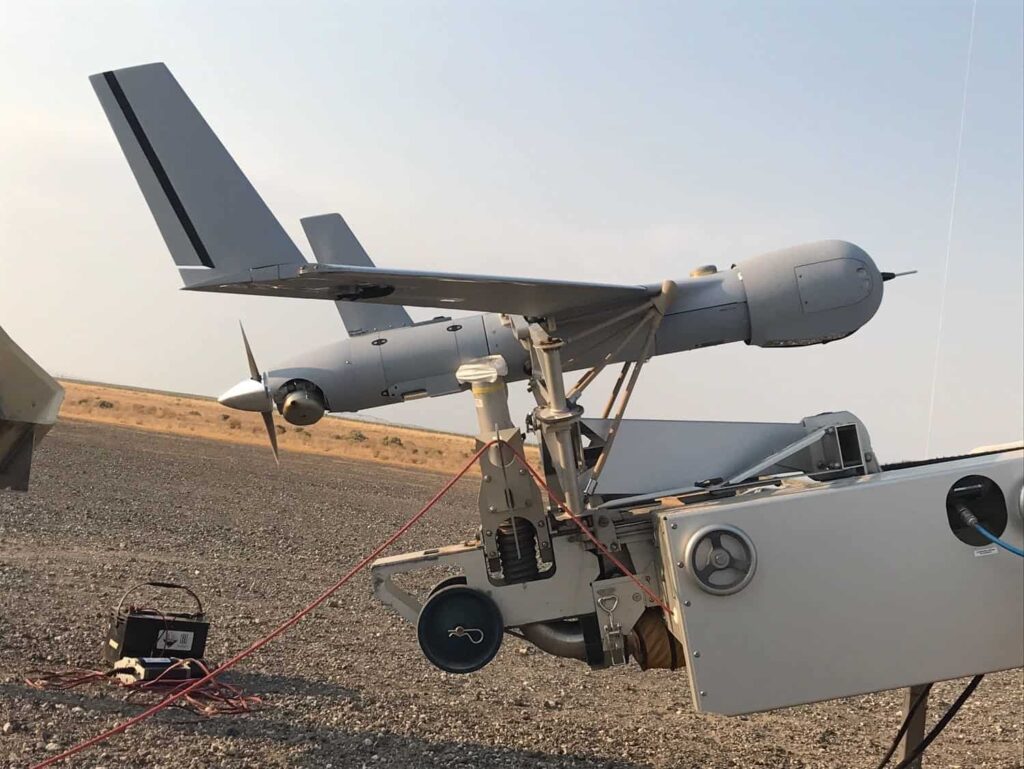Insitu has announced that it has received a first-of-its kind contract from the U.S. Department of the Interior (DOI) to provide fire suppression services within the contiguous 48 states and Alaska using its ScanEagle Unmanned Aircraft System (UAS).
Per the contract, Insitu will support manned aerial operations Including fire suppression, search and rescue, emergency management, and other operations as needed on a “call when needed” basis.
“We are honored that Insitu has been selected to bring our professional aviation, aerial data collection and analysis experience to assist the DOI as they strive to suppress devastating wildfires,” said Esina Alic, Insitu’s president and CEO.
Equipped with Infrared and electro-optical cameras, sensors, and a customized TK-5 Firewatch smart tactical mapping payload, ScanEagle will provide near real-time fire line maps and wide-area, high-resolution imagery intelligence to assist with fire suppression planning. With these payloads onboard, ScanEagle can “fly the gaps,” operating in dense smoke and darkness, when manned aircraft typically are grounded due to hazardous flying conditions for pilots.
As demonstrated in 2017 during the nearly 50,000 acre Eagle Creek, Oregon fire, as well as two wildfires in Northern California, Insitu’s ScanEagle used aerial sensors allowing data gathering, analysis and dissemination to deliver critical situational awareness for incident commanders. This critical near-real time information allowed informed decision-making for more effectively and safely deploying firefighters. ScanEagle provided near real-time full motion video and geospatial mapping to pinpoint hot spots and locate fire lines in the rugged terrain.
During wildfires, UASs operate within Temporary Flight Restrictions (TFRs) established over large-area wildfires. This work is done in collaboration with the Federal Aviation Administration to allow beyond visual line of sight flight operations — a critical capability in the smoky wildfire environment — while keeping other aircraft aware and safe.



















